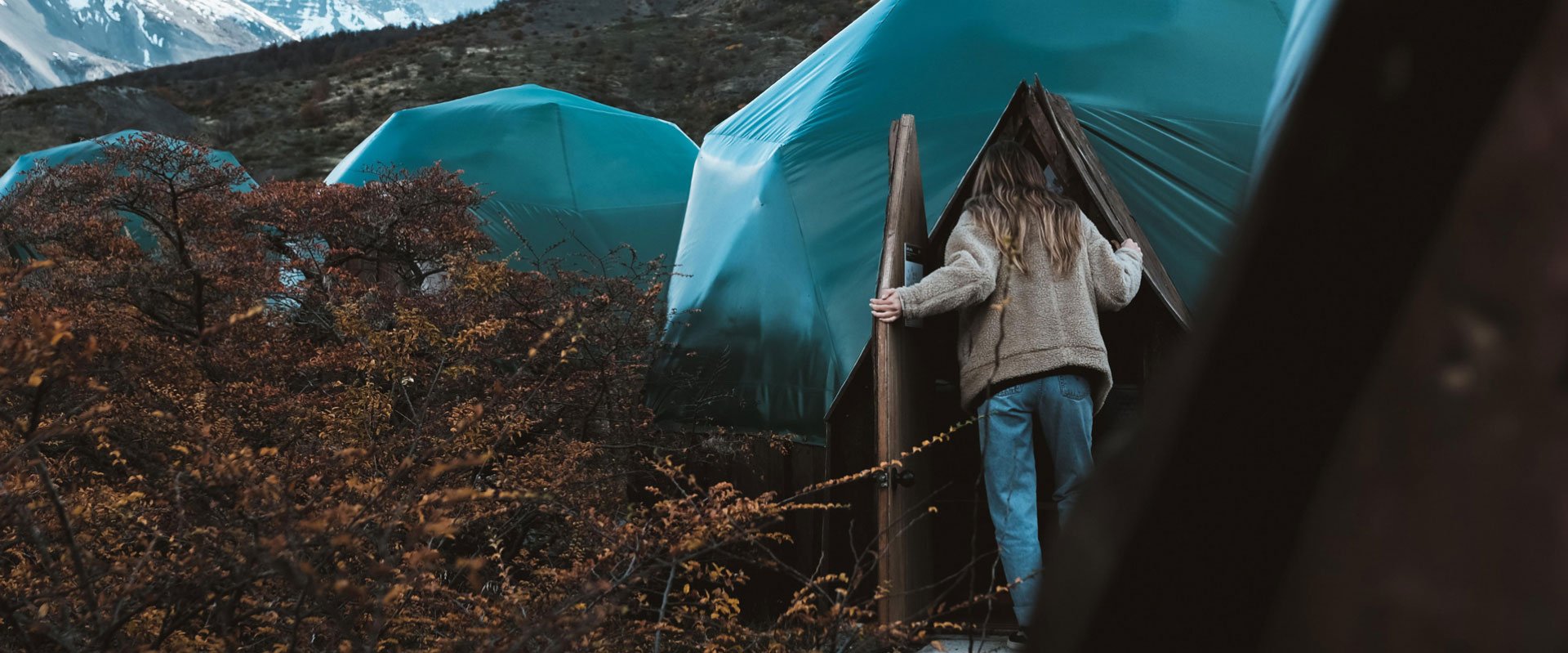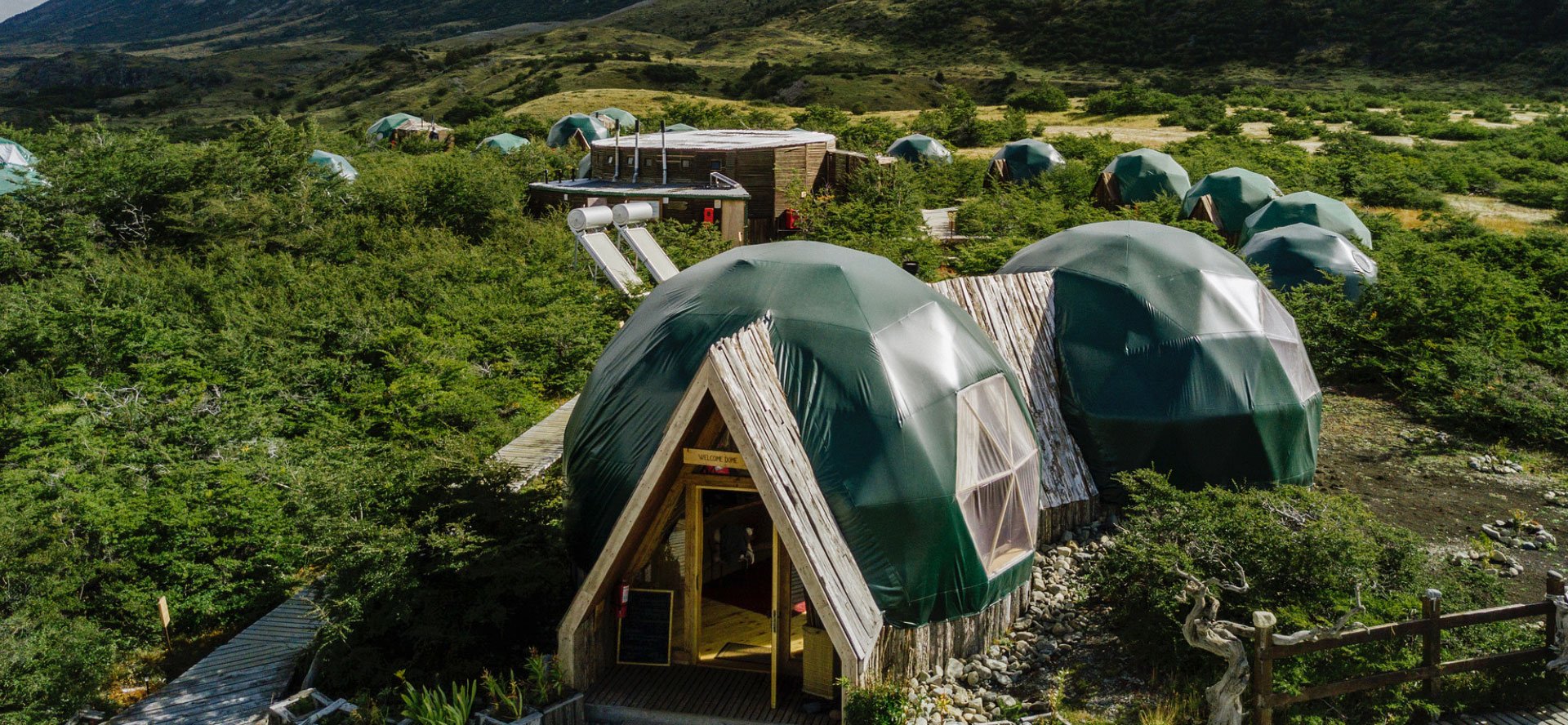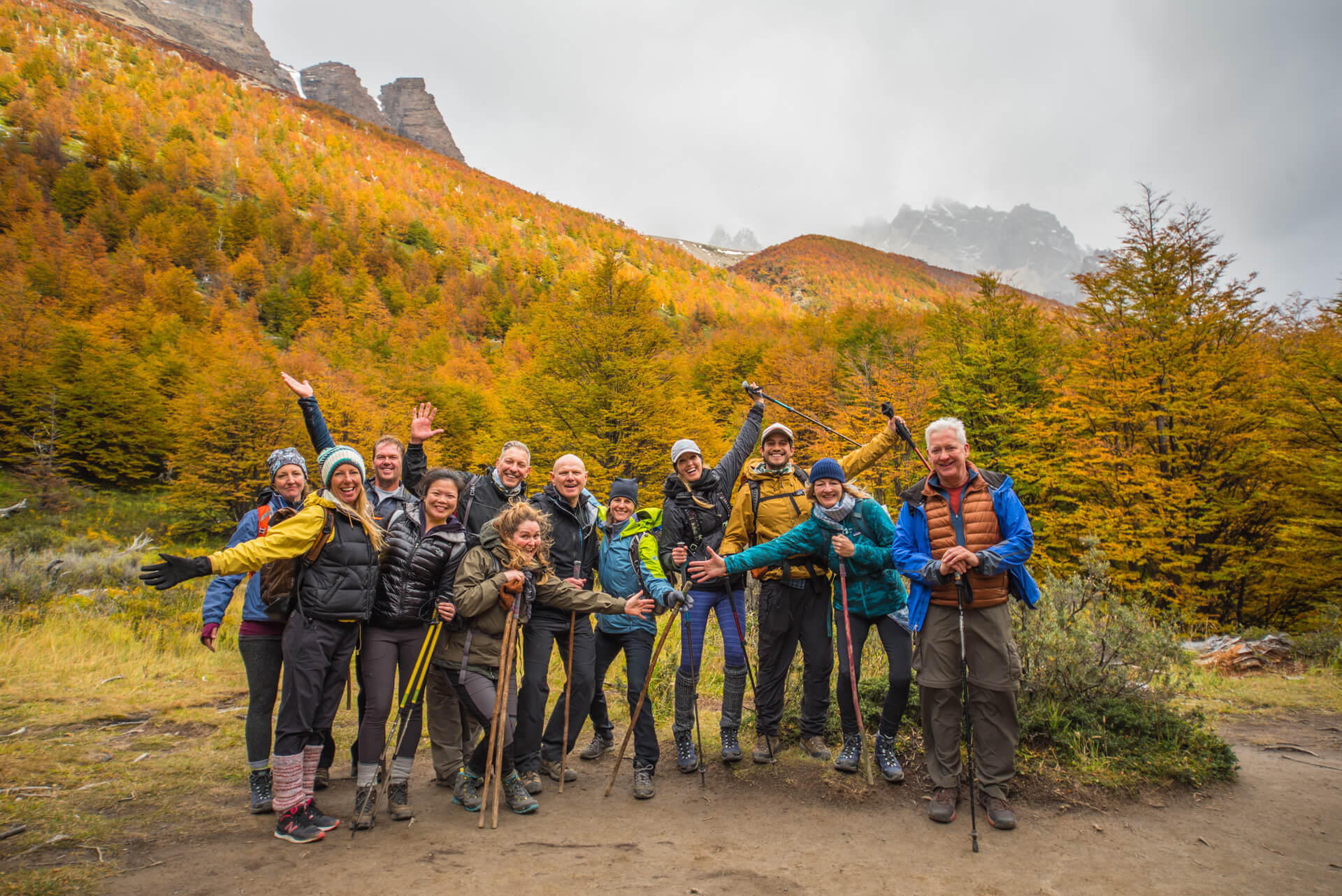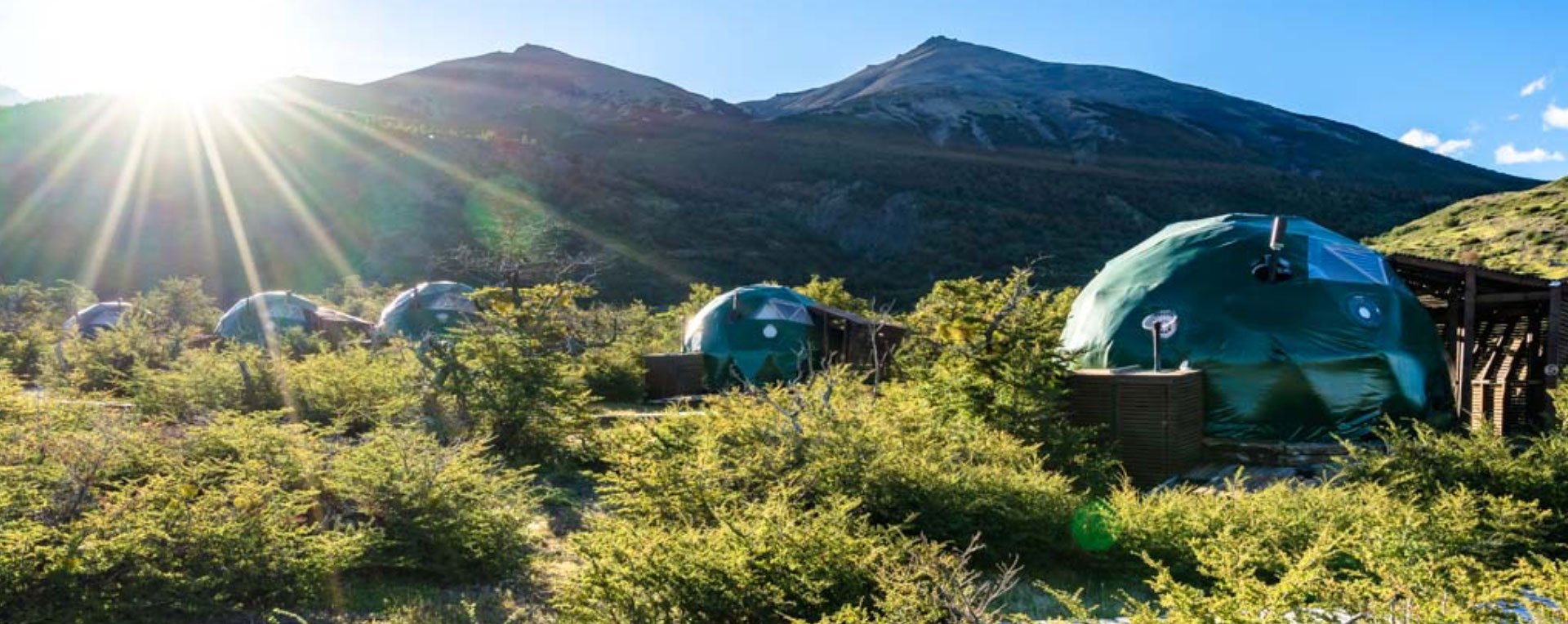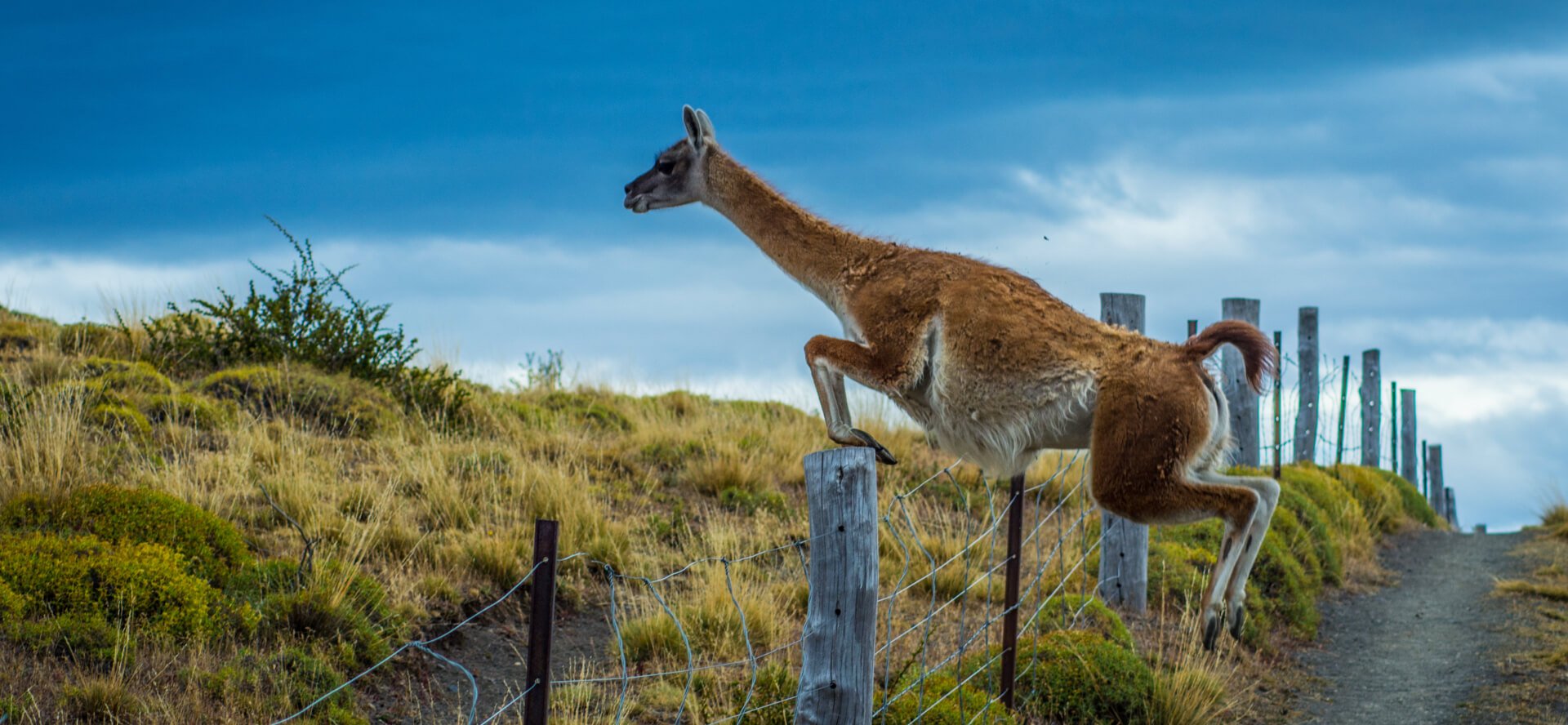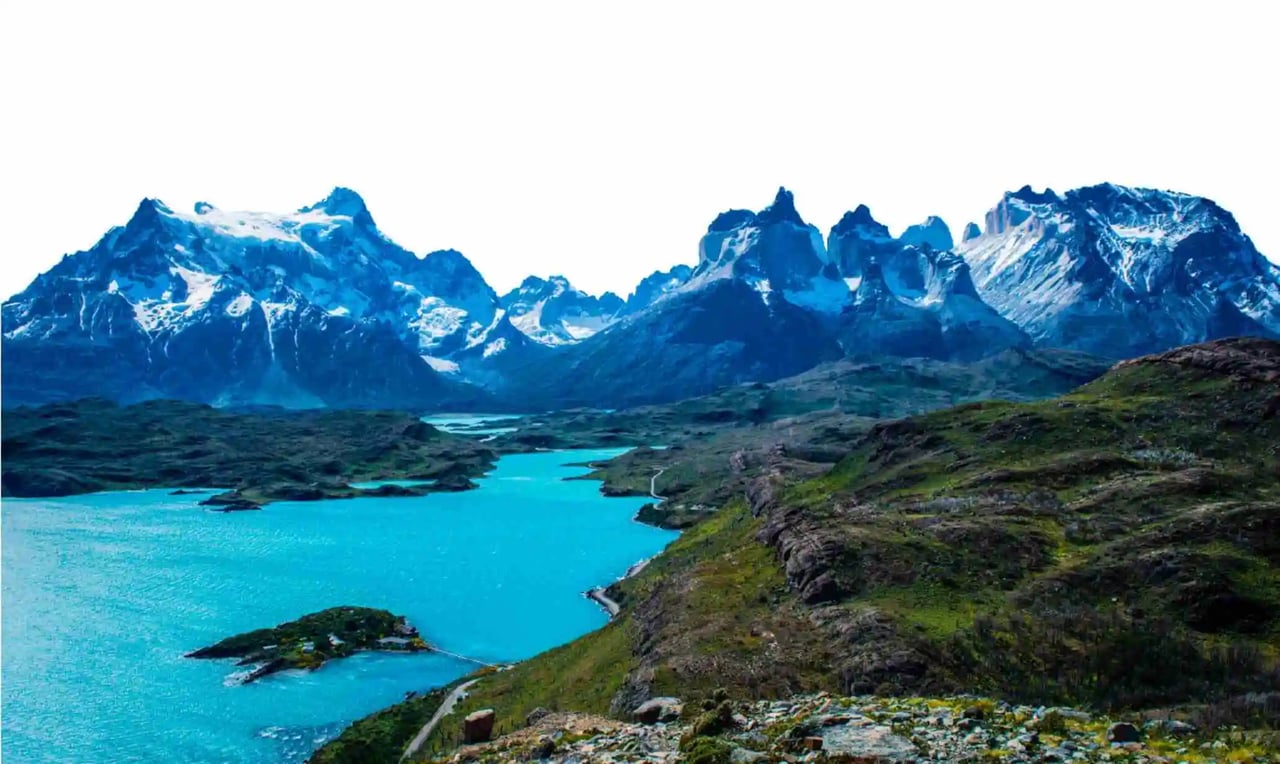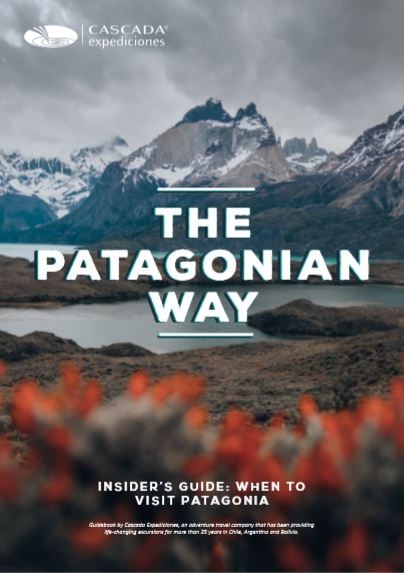Selecting and booking the holiday of a lifetime is an adventure in itself and we know that you'll want to be absolutely sure about all the details. Hopefully, the answers to most of your questions are here in our FAQ section, but if not please don't hesitate to contact us here!
-
General questions
-
What's really included in the price?
If you book an EcoCamp package, this includes your shared transfer from Punta Arenas/Puerto Natales to EcoCamp, all meals, park entry and the cost of any included excursions. For additional details, take a look at the Trip Facts section of your selected itinerary. Tips and personal items, like souvenirs, are not included in any programs.
-
Solo Travellers - Will I have to share?
If you wish, during some of our programs (for example in reservations booked with a EcoCamp Standard Dome) there is an option to place two people of the same gender together in a room. Otherwise, there is an option to pay an additional fee for your own dome.
If you reserved a shared EcoCamp Standard Dome, but there was not another person available to share at that time, then we will not charge an additional fee.
Our tours attract like minded people so you will have the opportunity to make new friends from around the world, which is one of the fundamental aspects of the EcoCamp experience! -
Do you cater for children and families?
Of course! The minimum age at EcoCamp is 6 years, and this is due to the challenging nature of some of our programs. That being said, many of our excursions are suitable for children and our Wildlife Safari program is a great choice for families. When it comes to choosing your accommodation, children aged 6-12 receive a 50% discount when sharing with their parents. Our Suite Dome Loft makes an excellent, spacious choice.
-
EcoCamp Seasons Explained
Our seasons in Torres del Paine are the following (each season has a different price):
-
Low Season: September 7 to 30, 2024, and May 1 to 4, 2025.
-
Shoulder Season: October 1 to 31, 2024, and April 1 to 30, 2025.
-
High Season: November 1 - December 14, 2024, and January 15 -March 31, 2025.
-
Peak Season: December 15, 2024 - January 14, 2025.
-
-
How fit do I have to be?
It depends on the type of trip you want to take. To give you an indication of the difficulty of our trips we have sorted them into five categories. Some trips are classified as strenuous and should only be undertaken by those with plenty of experience and a high level of fitness. However, the vast majority of our tours are well within the capability of any healthy individual leading a normal, active life. Our “Nature Tours” - usually classified as 1 or 2 - need very little physical effort and can be undertaken by almost anyone. On many tours, an open mind and a love of new places is more important than a high level of physical fitness.
Difficulty Levels Explanation: When you select a trip, it's important to know if it’s a good match for your fitness level. Our scale is from an easy (1) to a strenuous (5). Every trip has an associated difficulty rating which you need to consider before booking the trip so you'll get maximum enjoyment out of the experience. You want to make sure the pace of walking, cycling, hiking, paddling or riding you'll be doing is well-suited to you and your group’s level of fitness. Our trips are rated according to a number of factors like the level of required fitness, altitude, type of terrain and level of specialist skills (like climbing or rafting experience etc.). On the majority of trips, porters, pack animals or support vehicles carry all the gear. All you ever carry is a light daypack for the most part.
Easy - difficulty 1: These trips offer an easy pace and an average-to-sedentary level of fitness. Activities may be optional. You should be in good health and fit enough for a full day of normal sightseeing and walking.
Easy to Moderate - difficulty 2: An average level of fitness or some experience with the featured activity is recommended. While some activities may be optional, you may still have to walk, hike, bike or paddle for two to three hours daily. Includes less demanding sea kayaking and river rafting trips (Class I-II rapids).
Moderate - difficulty 3: These active trips require you to have performed the featured activity previously, with some periods on challenging terrain. Activities are mandatory and you may be traveling at high altitudes. Includes more demanding sea kayaking trips and river rafting trips with Class III-IV rapids. Your lodging and camping accommodations may be primitive and in remote locations. You need to be in good health and physical condition to enjoy these trips, with adequate muscular strength and cardiovascular endurance.
Demanding - difficulty 4: On these trips, you must be very physically fit and are expected to hike or ride four to six hours over steep or rugged terrain in altitudes exceeding 3,000 m (10,000 feet), often in remote locations far from medical facilities. Includes more demanding sea kayaking trips (5-6 hours paddling a day) and river rafting trips with Class IV+ rapids. Porter/vehicle support for difficult terrain, but may involve carrying your own gear in sections.
Strenuous - difficulty 5: The most difficult trips, often including extensive hiking or riding on difficult terrain for up to nine hours a day. Trips may involve altitudes exceeding 4,500 m (15,000 feet), which may create discomfort and symptoms that you do not experience while exercising at lower elevations, rugged terrain including steep and rocky mountain trails, and carrying your own gear on some of the trips. Trips include sea kayaking (5-7 hours paddling a day) and river rafting trips with Class IV-V rapids, and otherwise challenging conditions. Previous experience may be required and you should be in top physical condition to enjoy such an experience. -
Where can I read previous travelers' testimonials?
You can read our reviews on TripAdvisor and Facebook.
-
What sort of insurance should I get?
Not the most exciting pre-trip purchase ever, but it is certainly a must-have!Unexpected medical emergencies or illnesses prior to or during your trip could make you lose prepaid, non-refundable payments. Emergency medical transport and air ambulances in remote locations can be extremely expensive and will probably not be covered by your medical health plan so it is compulsory that you purchase personal adequate travel insurance which is appropriate for your trip.This insurance must cover personal accident, medical expenses, air ambulance, loss of effects, repatriation costs and all other expenses which may arise as a result of loss, damage, injury, delay or inconvenience during your trip. We also suggest you purchase cancellation and curtailment insurance. When obtaining travel insurance, you must inform the insurer of the type of travel to be undertaken, especially when "adventure activities" are included in your trip.
-
Why should I stay at EcoCamp Patagonia?
EcoCamp is the perfect mix of adventure, environmental sustainability and comfort in the wilderness. We offer good quality food and wine in a friendly hospitable atmosphere, with innovative accommodation in the world’s first Geodesic Dome hotel. We have the utmost respect for the park’s fragile environment, using only green energy and a sophisticated waste recycling system. Our trekking guides are of the highest quality and are specialists in the park’s geography, geology and fauna. If eco-friendly accommodation with a community atmosphere, surrounded by unique nature, spectacular views and trekking routes sound like the ingredients of a perfect vacation then EcoCamp is for you!
-
What's really included in the price?
-
About the weather
-
What is the temperature in Torres del Paine National Park?
The temperature in Torres del Paine National Park is generally cool but can vary. In summer, the temperature during the day averages at around 11ºC (51ºF). Daytime temperatures range from 2 to24ºC (36 to 75ºF) and during the night it can range from -5 to -1°C (23 to 30°F).
-
Is it very cold at night?
As we mentioned above, nighttime temperatures during the summer in Torres del Paine National Park tend to range from -1°C to -5°C. Whatever the temperature is outside, you’ll be cozy in your dome.Learn more about the weather in Torres del Paine National Park here.
-
What clothes should I wear?
Try to bring LAYERS that can be taken off and on easily to adapt to any change in the weather.
We recommend that you pack:- One day backpack (10 liters - to carry a camera, glasses, raincoat, etc)
- Trekking or hiking boots (Waterproof)
- Extra shoes for evenings or in case others get wet
- Waterproof jacket
- Two pairs of woolen socks
- Fleece jacket or sweater
- Trekking pants (waterproof ideally)
- Sun protection (glasses, hat, lip balm and sunscreen)
- Capilene underwear for the upper and lower body
- Warm gloves and hat
We also recommend that you take a battery-operated torch (for when power is out or in case you find yourself trekking later than planned in the dark).Prepare for all weather conditions and dress for the outdoors.
Learn more about what to wear to Patagonia here or watch our fun video “What to Bring to Patagonia - The Ultimate Packing Checklist”
-
What is the temperature in Torres del Paine National Park?
-
Getting to EcoCamp
-
Where should I fly?
The two nearby airports are Punta Arena and Puerto Natales. Puerto Natales is only two hours from Torres del Paine, however, there are only a few flights offered each week. Punta Arenas is about five hours from the Torres del Paine National Park, but there are more flights available. We offer two transfers per day, traveling from EcoCamp to Punta Arenas and passing through Puerto Natales.
If you come from Buenos Aires and think about visiting the Argentinian Patagonia as well, El Calafate is a good option. However, our regular transfer from there uses a public bus leaving early in the morning and therefore you would have to be there the previous day.
-
What time should I book my flights to be able to take the regular transfer in and out?
For the regular pick up from Punta Arenas airport, we always recommend taking the early flight arriving at Punta Arenas before 11 AM.For the regular drop-off, we recommend booking a flight leaving Punta Arenas airport after 3 PM.
-
How far is EcoCamp Patagonia from the Torres del Paine Towers?
It is roughly 11 km/6.8 miles, which is around 4 hours of steady hiking (and then the same distance back on the same trail) and can vary depending on your pace. You can also easily see the Towers from EcoCamp itself!
-
Where should I fly?
-
About the domes
-
Why should I stay at EcoCamp Patagonia?
EcoCamp is the perfect mix of adventure, environmental sustainability and comfort in the wilderness. We offer good quality food and wine in a friendly hospitable atmosphere, with innovative accommodation in the world’s first geodesic dome hotel. We have the utmost respect for the park’s fragile environment, using only green energy and a sophisticated waste recycling system. Our trekking guides are of the highest quality and are specialists in the park’s geography, geology and fauna. If eco-friendly accommodation with a community atmosphere, surrounded by unique nature, spectacular views and trekking routes sound like the ingredients of a perfect vacation then EcoCamp is for you!
-
Is there a strongbox or safe?
There are safes in all of EcoCamp's domes including Standard, Superior and Suite.
-
Should I bring a towel or are they provided?
Towels are provided for guests at EcoCamp Patagonia, so you don’t need to bring your own.If you are booking a multi-day trekking program, such as the W Trek or the Paine Circuit, you will need to bring a quick-dry towel. This towel will be used during your stay in the mountain huts along the trail.
-
How far are the bathrooms from the Standard Domes?
The shared bathroom facilities for the Standard Domes are very close. It’s no more than a 60-second walk from the furthest dome to the bathroom
-
Do the Standard Domes have lights?
EcoCamp Patagonia aims to reduce electricity usage and domes make use of natural daylight instead of artificial lighting. The domes are fitted with ceiling windows to let in the maximum amount of natural light, which can last for up to 16 hours a day in summer. They’re also perfect for looking out at the stars at night as you lie in your cozy bed.
-
What is the temperature inside EcoCamp's Standard Domes?
EcoCamp’s Standard Domes are specifically designed to naturally absorb heat from the sun during the day and circulate it throughout the dome at night so there’s no need to resort to artificial heating. The temperature will vary depending on conditions outside and fleece blankets are supplied to make sure you’re completely snug at all times. Extra blankets are also available on request.
-
If I get cold in a Standard Dome, what can I do about it?
EcoCamp’s Standard Domes are specifically designed to keep guests warm without the need for artificial heating. They are made with thick padded walls and there are fleece blankets available on the cozy beds. If you’re particularly sensitive to the cold and need an extra blanket, just ask for one from our friendly staff. They’ll be more than happy to help!
-
Why should I stay at EcoCamp Patagonia?
-
About the food
-
What are meals like at EcoCamp?
We've put a lot of effort into developing a menu of fresh, hearty meals that use ingredients from our very own organic garden or from nearby local producers.Our all-inclusive programs include breakfast, box lunch and dinner.
-
Is it a problem if I’m a vegetarian or vegan?
Not at all! EcoCamp Patagonia is proud to be veggie and vegan-friendly, with a great alternative menu of filling and varied vegetarian meals. Just be sure to let them know about your specific dietary needs in advance.
-
What are meals like at EcoCamp?

